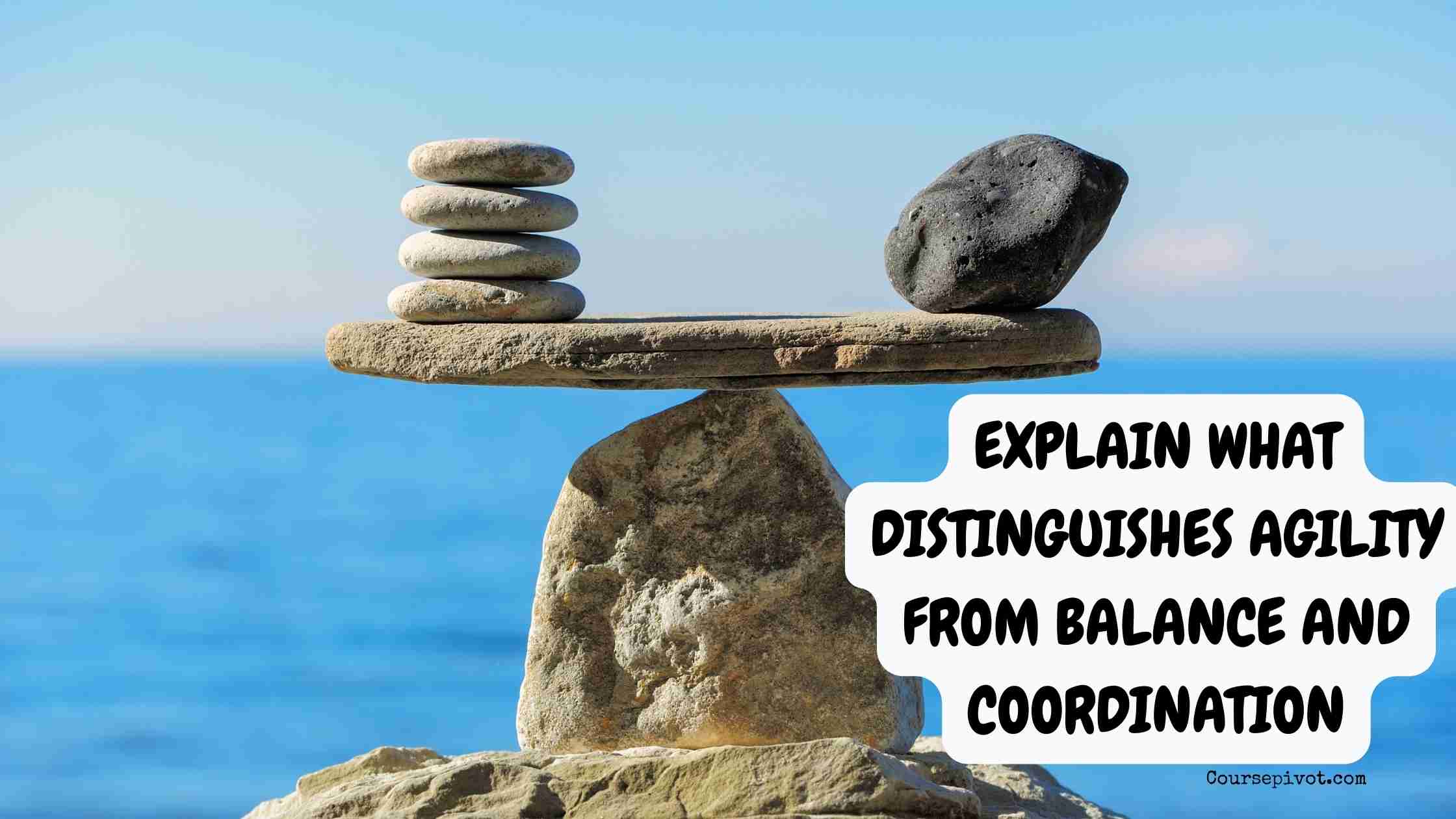
What Distinguishes Agility from Balance and Coordination
When we talk about physical fitness and movement skills, terms like agility, balance, and coordination often come up. They’re related, but they’re definitely not the same. Understanding what distinguishes agility from balance and coordination helps clarify how each skill contributes to overall physical performance.
What Is Agility?
Agility is all about quick and controlled movement, especially when changing direction. It’s the ability to move your body swiftly and efficiently while maintaining control.
Think about a soccer player dodging defenders or a basketball player weaving through opponents. That quick, sharp movement? That’s agility.
Key features of agility:
- Rapid changes in direction
- Speed combined with control
- Reacting quickly to a stimulus (like an opponent’s movement)
What Is Balance?
Balance is your body’s ability to maintain stability whether you’re still or moving. It’s about staying upright and steady, preventing falls.
- Read our blog on What It Means to Adapt the Environment for Those with Special Needs
For example, standing on one foot, walking on a narrow beam, or holding a yoga pose requires good balance.
Key features of balance:
- Maintaining body position against gravity
- Stability during static (still) or dynamic (moving) situations
- Preventing falls or wobbling
What Is Coordination?
Coordination is how well your brain and body work together to perform smooth, efficient movements. It’s about timing and precision between different body parts.
For example, catching a ball requires hand-eye coordination. Typing or playing an instrument also relies heavily on coordination.
Key features of coordination:
- Synchronizing different body parts
- Smooth, accurate movements
- Timing and rhythm in movement
How Agility Differs from Balance and Coordination
| Aspect | Agility | Balance | Coordination |
|---|---|---|---|
| Focus | Quick, controlled change of direction | Maintaining stability and posture | Smooth, precise, synchronized movements |
| Movement type | Dynamic, fast, reactive | Static or dynamic stability | Controlled, timed, efficient |
| Example | Dodging an opponent on the field | Standing on one foot without wobbling | Catching a ball or playing piano |
Why Knowing the Difference Matters
In training or rehab, knowing whether you’re improving agility, balance, or coordination helps tailor exercises better.
- If you want to move faster and change direction, focus on agility drills.
- If you need to stay stable and avoid falls, work on balance exercises.
- If you want to perform tasks smoothly and accurately, practice coordination skills.
Here is the final say
Agility, balance, and coordination are all essential, but they serve different purposes.
Agility is about speed and control in movement changes.
Balance is about stability and posture.
Coordination is about timing and smoothness.
Together, they help you move smarter, safer, and more efficiently.
Understanding their distinctions lets you train each skill effectively—and perform your best.
Cite this article
You can copy and paste your preferred citation format below.
Martin, L. & Arquette, E.. (2025, May 26). What Distinguishes Agility from Balance and Coordination. Coursepivot.com. https://coursepivot.com/blog/explain-what-distinguishes-agility-from-balance-and-coordination/



